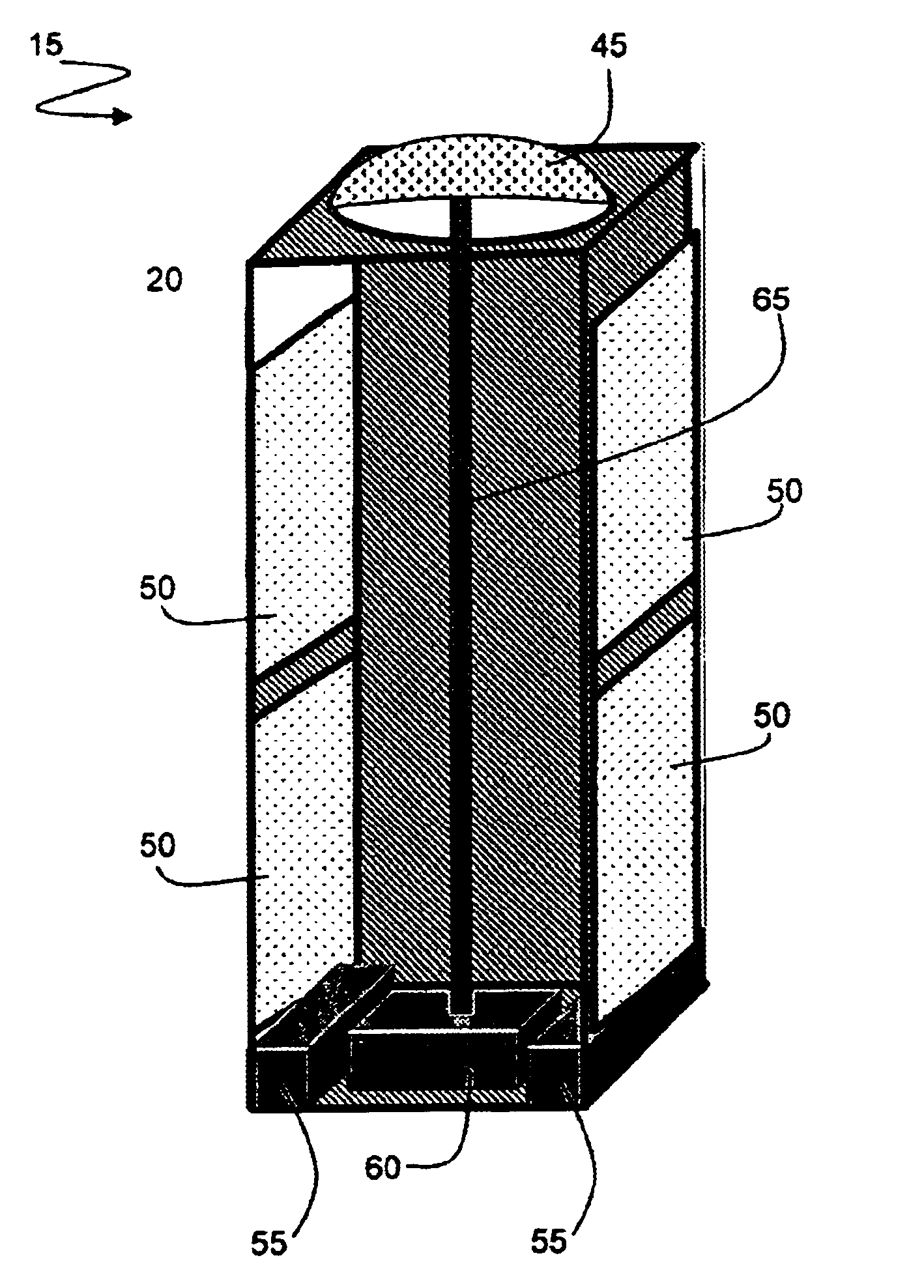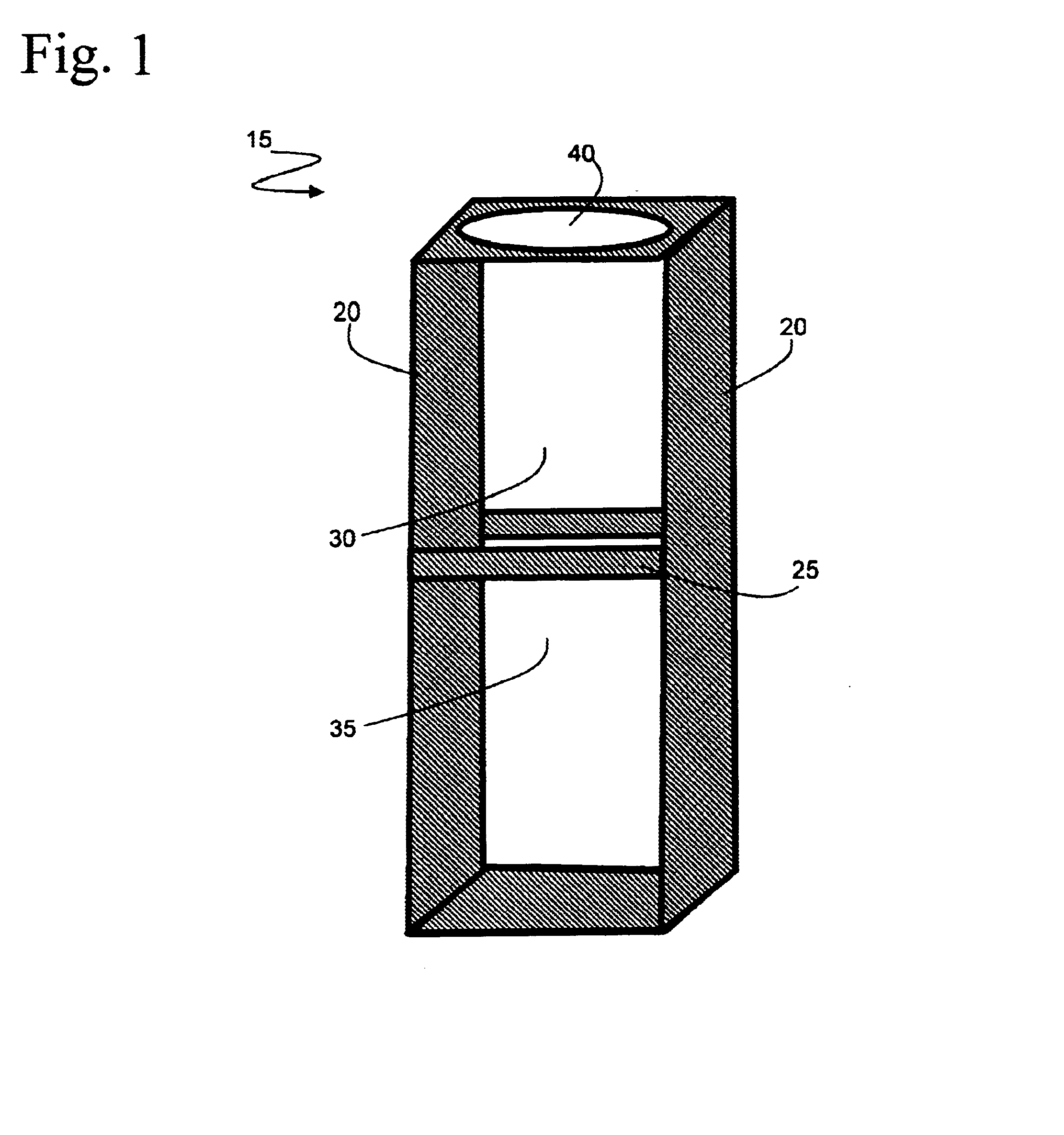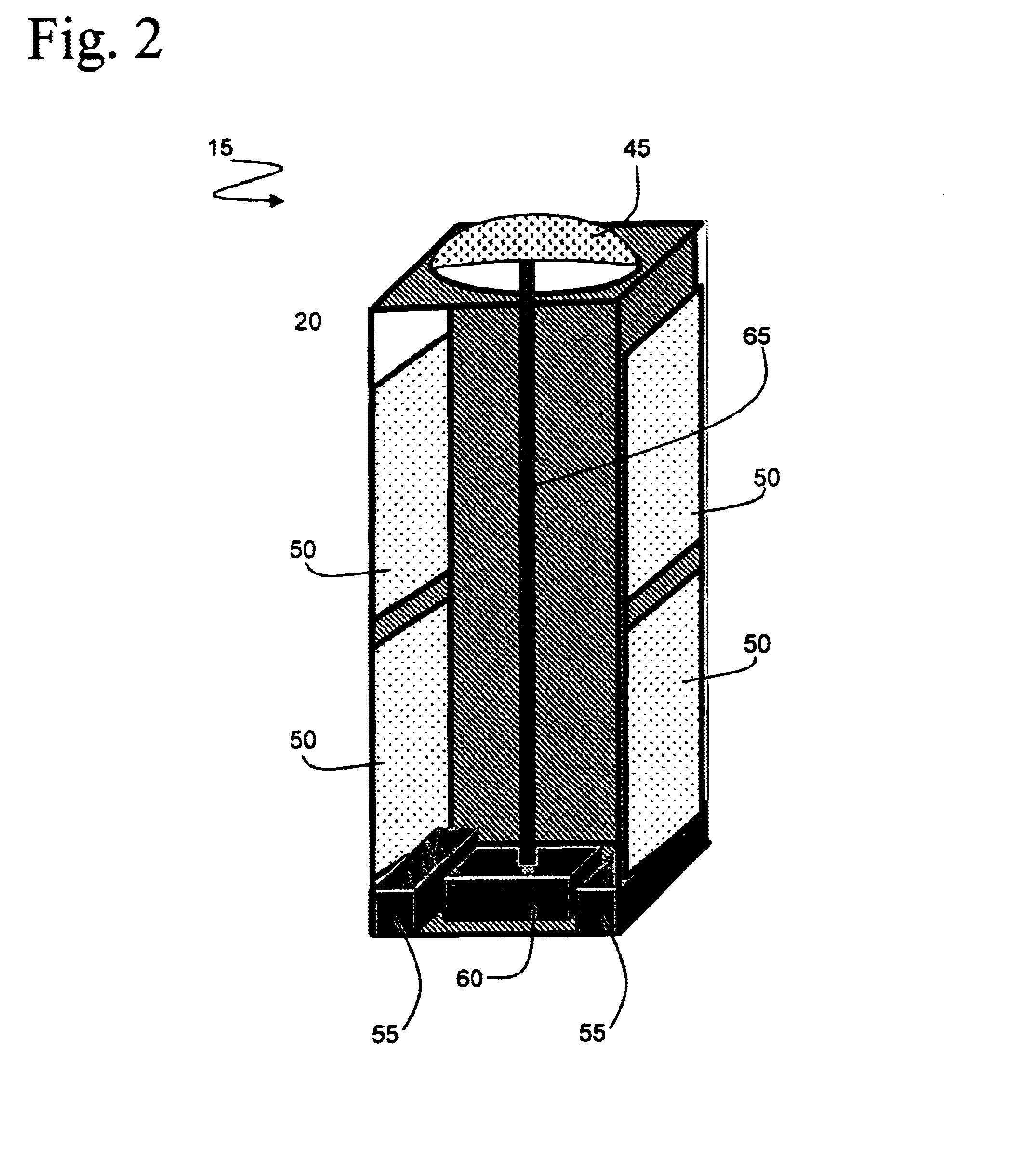Electroactive polymer actuator braille cell and braille display
a technology of actuators and actuators, applied in the field ofbraille and graphic displays, can solve the problems of limiting the number of braille characters, complexity of actuators, and limited display of braille characters, and achieve the effect of reducing the power requirements of the braille cell and low power consumption
- Summary
- Abstract
- Description
- Claims
- Application Information
AI Technical Summary
Benefits of technology
Problems solved by technology
Method used
Image
Examples
Embodiment Construction
[0027]In the following detailed description of the preferred embodiments, reference is made to the accompanying drawings, which form a part hereof, and within which are shown by way of illustration specific embodiments by which the invention may be practiced. It is to be understood that other embodiments may be utilized and structural changes may be made without departing from the scope of the invention.
[0028]The supporting force required for a Braille dot within a Braille display is approximately 30 grams. This supporting force is sufficient to provide the reader with a comfortable tactile feel. Concurrently, an approximately 0.7 mm displacement for the Braille dot insures that the dot will be palpable by the reader. Thees requirements must be met within less than an approximately 100 ms response.
[0029]The present invention provides a Braille cell based on electroactive polymer actuator technology, which overcomes the limitations of the piezo electric ceramic (PZT) Braille cell com...
PUM
 Login to View More
Login to View More Abstract
Description
Claims
Application Information
 Login to View More
Login to View More - R&D
- Intellectual Property
- Life Sciences
- Materials
- Tech Scout
- Unparalleled Data Quality
- Higher Quality Content
- 60% Fewer Hallucinations
Browse by: Latest US Patents, China's latest patents, Technical Efficacy Thesaurus, Application Domain, Technology Topic, Popular Technical Reports.
© 2025 PatSnap. All rights reserved.Legal|Privacy policy|Modern Slavery Act Transparency Statement|Sitemap|About US| Contact US: help@patsnap.com



